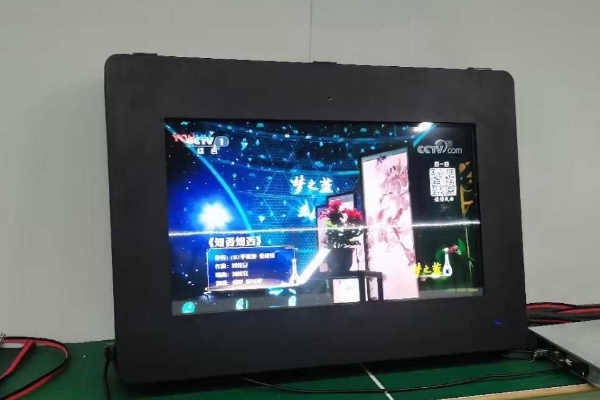A wide range of application scenarios for outdoor advertising machines
(I) Wide Range of Application Scenarios
Beloong outdoor advertising screens, with their high-definition display, strong weather resistance (adaptable to temperatures ranging from -30°C to 60°C, rain and snow), and intelligent remote control, have penetrated deeply into various high-traffic scenarios, achieving the dual value of "scenarios adaptability and diverse functions."
1. Application Scenarios: Beloong outdoor advertising screens are widely used in four core scenarios: commercial streets and shopping malls, transportation hubs, tourist attractions, and urban public areas. They combine multiple functions, including commercial promotion, information services, and public welfare dissemination.
In regional shopping malls in core business districts of first-tier cities, outdoor advertising screens can dynamically adjust content based on time of day and demographics: limited-time offers from coffee and breakfast brands during the morning commute, discounted meal packages for office workers during the lunch hour, and clips from new apparel and beauty product launches in the evening. For example, a beauty chain used an advertising screen to broadcast interactive content: "Scan the QR code in-store to receive a sample." This increased average daily traffic to surrounding stores by 35%, leading to a 22% increase in sales, effectively establishing a seamless "advertising reach - in-store conversion" link.
2. Transportation Hubs
Outdoor advertising screens in subway stations, high-speed rail stations, and airports can achieve a fusion of "information services and commercial monetization." On the one hand, they display real-time, scrolling information such as train/flight delay notices, ticket gate changes, and transfer instructions. Data from one airport shows that the display of such information has reduced passenger inquiries by 40%. On the other hand, targeted advertising for hotel reservations, travel packages, and electronic products, such as targeted advertising, has increased click-through rates by 2.8 times compared to traditional posters, generating significant traffic conversions for advertisers.
3. Tourist Attractions
In 5A-rated scenic spots or theme parks, outdoor advertising screens have become a key vehicle for "smart tourism." In addition to displaying attraction introductions, travel guides, and online ticket/cable car ticket purchase portals, outdoor advertising screens can also promote peripheral products based on the cultural characteristics of the scenic spot. For example, at the Forbidden City, behind-the-scenes footage of cultural and creative products can be shown to guide visitors to offline stores or online shopping malls. One scenic spot achieved monthly sales of cultural and creative products exceeding 5 million yuan through this method, while also enhancing the scenic spot's cultural influence.
4. Urban Public Areas
In public spaces such as city squares, community centers, and park rest areas, outdoor advertising machines fulfill the role of both public welfare communication and commercial supplementation. They routinely broadcast public welfare content such as garbage sorting information, fire safety education, and civilized city development initiatives. Simultaneously, during off-peak hours, they moderately display local life service advertisements. This not only enriches citizens' access to information but also provides a low-cost advertising platform for local small and medium-sized enterprises, achieving a balance between social and economic benefits.

